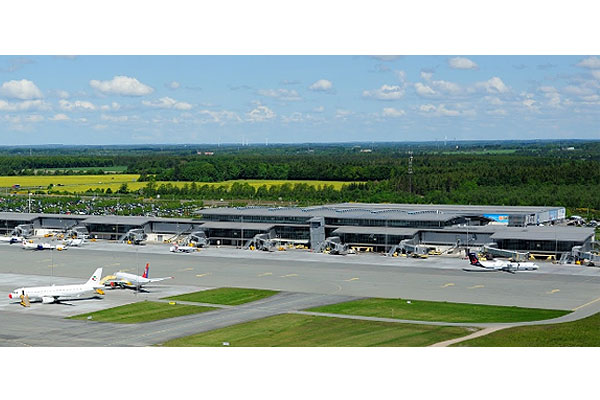The T&E paper is looking at – in their own words – a number of “airports likely to receive State aid” which are “likely to be loss making”. It thus only provides “a snapshot of likely State aid”.
BRUSSELS – ACI Europe reacted with dismay to the call by Transport & Environment (T&E – an environmental group) for the closure of all small regional airports across Europe unable to achieve profitability within a 5-year period. T&E made such a shocking policy recommendation as part of an ‘analysis’ of State aid to selected airports used by Ryanair. This ‘analysis’ is based on an erroneous interpretation of the current EU Guidelines on State aid for the aviation sector and a total disregard for the societal value of air connectivity.
A Piecemeal & Unsubstantiated ‘Analysis’
The T&E paper is looking at – in their own words – a number of “airports likely to receive State aid” which are “likely to be loss making”. It thus only provides “a snapshot of likely State aid”. Clearly, sound policymaking should not be based on a snapshot nor on presumptions as to what happens in a highly competitive market.
Misinterpreting EU Rules
Contrary to the picture that T&E is painting, the objective sought by the 2014 EU State aid Guidelines was certainly not to eliminate operating aid to loss-making airports – nor to force them to close down.
In fact, the Guidelines’ objectives was to preserve “good connections between the regions and the mobility of European citizens, while minimizing distortions of competition”1 in the aviation sector. As part of that, the Guidelines expressly recognise the need to allow – under strict conditions & limitations – operating aid to smaller regional airports as a result of the structural profitability issues they are facing.
Indeed these airports are handicapped by both higher costs per passenger (due to their lack of economies of scale) and lower aeronautical & commercial revenues per passenger (due to the seasonality of their traffic, less densely populated catchment areas & less affluent customer base). Today, 71% of airports smaller regional airports (handling less than 1 million passengers/annum) are loss making.
Smaller Regional Airports Vital for Europe’s Cohesion
In addressing what amounts to market failure, the Guidelines purposely support the vital role that smaller regional airports play for regional development – in particular social & regional cohesion. These airports serve as a lifeline for their communities, enabling access to essential air services (such as air ambulance) as well as economic and social integration through air connectivity. Since 2009, these airports have seen their total air connectivity expanding by +42.1% on the back of gains of +14% in direct connectivity and +63.5% in indirect connectivity.
Calling for the closure of all small regional airports on account that they are structurally not profitable as T&E does would not only isolate but also alienate regional communities – with considerable economic, social, political negative impacts.
Effective Climate Action & No-one Left Behind
Europe’s airports consider the Climate Emergency as an absolute priority. Building on years of active carbon management through Airport Carbon Accreditation2, Europe’s airports have committed last month to achieve Net Zero carbon emissions without offsetting for their own operations at the latest by 20503. They are also calling for the entire aviation industry to set a new long-term ambition & roadmap towards a net zero carbon emissions transport system.
Small regional airports only account for 3% of total EU air traffic. Closing down those that are unprofitable would have a negligible impact on reducing CO2 emissions but, as previously mentioned, far reaching economic, social and political consequences. In this regard, it is worth noting that T&E does not take into account diversionary consequences – the fact that many people needing to travel would still drive longer distance to alternative airports, with consequently increased emissions from road traffic.
By considering only negative externalities, T&E follows an asymmetric and biased approach at odds with what the incoming President of the European Commission outlined for effective climate action. In her speech to the European Parliament, Mrs von der Leyen made clear that “what is good for the planet must also be good for our people and our regions” and that “we must leave nobody behind”. T&E’s call for closing down loss making regional airports clearly does not stand that test.
1) http://europa.eu/rapid/press-release_IP-14-172_en.htm
2) https://www.airportco2.org/
3) ACI Europe Resolution: European airports committing to net zero carbon emissions by 2050: https://www.acieurope.org/component/downloads/downloads/6030.html
Tatiana is the news coordinator for TravelDailyNews Media Network (traveldailynews.gr, traveldailynews.com and traveldailynews.asia). Her role includes monitoring the hundreds of news sources of TravelDailyNews Media Network and skimming the most important according to our strategy.
She holds a Bachelor's degree in Communication & Mass Media from Panteion University of Political & Social Studies of Athens and she has been editor and editor-in-chief in various economic magazines and newspapers.


























































































































































































